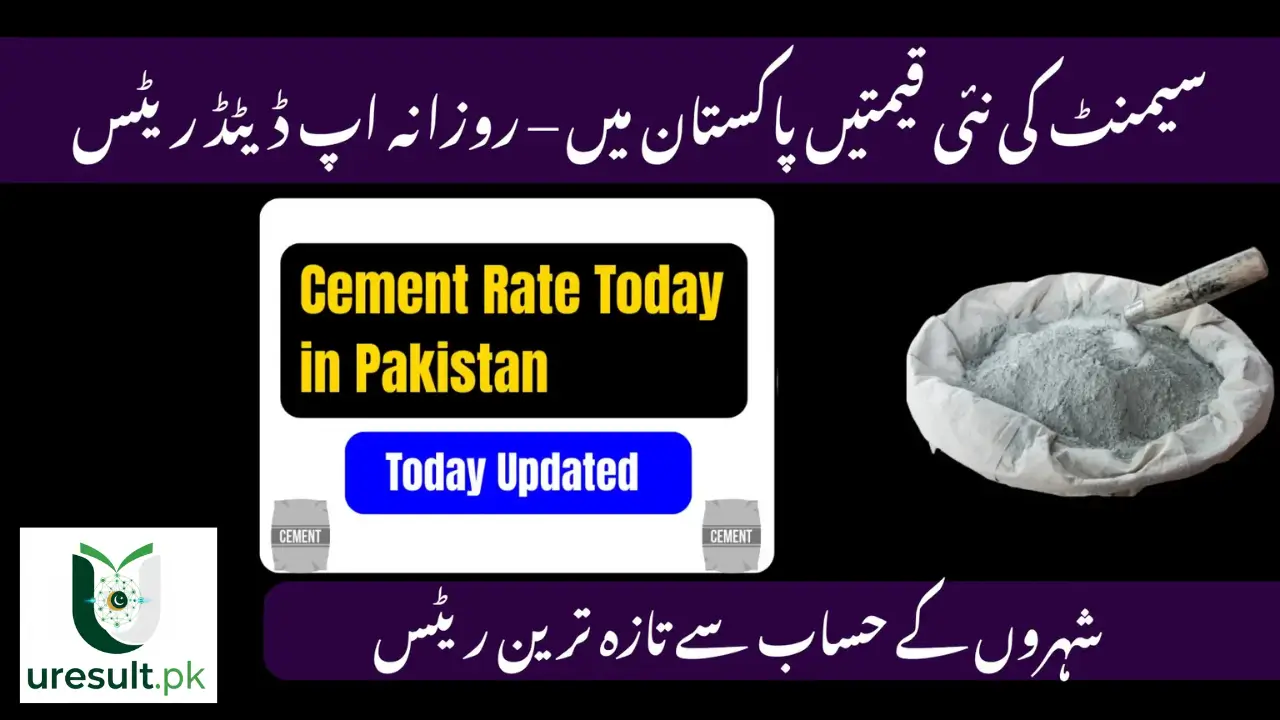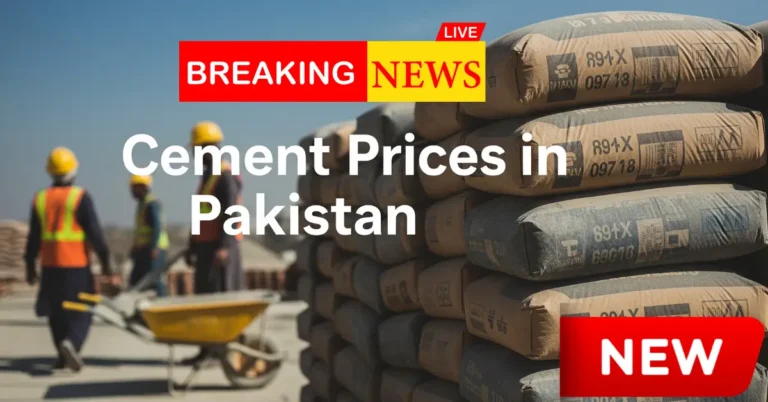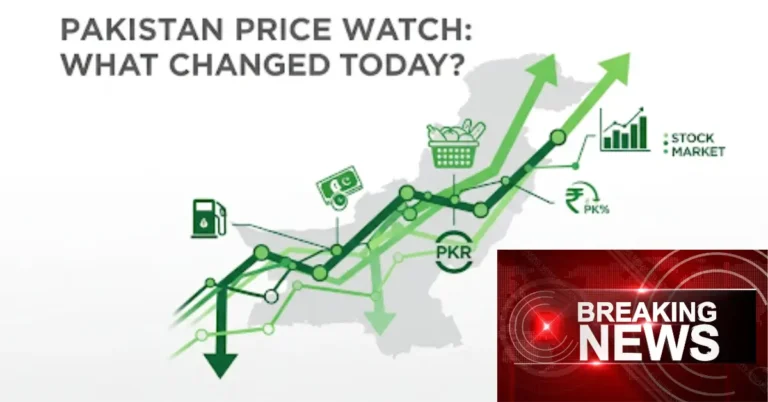Cement rates in Pakistan play a crucial role in the construction industry, affecting both large-scale infrastructure projects and smaller residential constructions. As of October 2025, the price of cement across various cities has seen some fluctuations, influenced by multiple factors such as supply and demand, transportation costs, and inflation.
Whether you are a contractor, builder, or homeowner planning a construction project, staying updated on the latest cement rates is essential for accurate budgeting and cost management. In this article, we explore the current cement prices across major cities in Pakistan, helping you make informed decisions about your construction needs.
 Also read
Also read
Factors Influencing Cement Rates in Pakistan
Several key factors influence the cement rates in Pakistan. First, raw material costs, such as the price of limestone and gypsum, play a pivotal role in determining the overall production cost. As inflation rises, so too does the cost of energy, which directly impacts cement production. Secondly, transportation expenses affect how much consumers in different regions pay for cement. Cement prices in cities farther from major manufacturing plants tend to be higher due to increased transport costs. Additionally, local demand for construction materials, including cement, also plays a significant role in influencing cement rates.
 Also read
Also read
City-Wise Cement Rates for October 2025
The cement rates vary from city to city. These differences are primarily due to local supply chains, demand, and transportation costs. Below is a table showing the current cement prices across major cities of Pakistan for October 2025:
| City | Cement Price (per bag) |
|---|---|
| Karachi | PKR 1,050 |
| Lahore | PKR 1,020 |
| Islamabad | PKR 1,030 |
| Rawalpindi | PKR 1,020 |
| Multan | PKR 1,010 |
| Quetta | PKR 1,060 |
| Peshawar | PKR 1,040 |
| Faisalabad | PKR 1,025 |
| Sialkot | PKR 1,015 |
| Gujranwala | PKR 1,020 |
As evident in the table, the cement rates in Pakistan vary slightly between different cities. For instance, cities like Karachi and Lahore have slightly higher prices compared to smaller towns like Multan and Sialkot, due to proximity to cement plants and demand dynamics.
The Role of Cement Brands in Price Variation
Not all cement brands are priced the same. In Pakistan, some of the most popular brands, such as Lucky Cement, DG Khan Cement, and Maple Leaf Cement, have built strong reputations and are widely used across the country. The prices for these branded cements might be a bit higher compared to lesser-known or regional brands. When considering cement rates, it’s essential to keep in mind that brand reputation, quality, and market availability can all influence the price you’ll pay.
 Also read
Also read
Transportation Costs Impacting Cement Rates
One of the most significant factors influencing cement rates is the transportation cost. Cement, being a heavy material, incurs substantial shipping costs from production facilities to local markets. Cities like Karachi, Lahore, and Rawalpindi, located closer to cement factories, typically enjoy lower transportation charges, keeping their prices competitive. In contrast, cities located in more remote areas, such as Quetta and Peshawar, face higher transport costs, which lead to an increase in the price of cement. As a result, cement rates can differ based on how far a city is from manufacturing plants.
 Also read
Also read
How Inflation and Economic Conditions Affect Cement Rates
Inflation remains one of the most influential factors behind the rising cement rates. As inflation drives up the cost of raw materials, energy, and transport, cement manufacturers are often forced to raise their prices to maintain profitability. The current economic landscape in Pakistan, including fluctuating fuel prices and inflationary pressures, has had a direct impact on cement prices. As energy and raw material costs continue to rise, the construction industry may see additional price hikes. Thus, builders and contractors should be mindful of these economic conditions when budgeting for their projects.
Cement Demand and Supply Trends for October 2025
The demand for cement in Pakistan remains robust, especially in major cities where urbanization and infrastructure projects are ongoing. As we approach the end of 2025, the cement rates are likely to be influenced by the demand surge caused by both government and private sector construction projects. Cities like Islamabad, Lahore, and Karachi have seen a boom in residential and commercial construction, further increasing the pressure on cement suppliers to meet the growing demand. This demand fluctuation is expected to continue impacting the cement rates, with prices possibly growing due to higher consumption.
 Also read
Also read
Future Outlook for Cement Rates
Looking ahead, experts predict that cement rates will continue to experience upward pressure. The combination of inflation, raw material costs, and high demand in major cities is expected to keep prices high. However, any improvements in the domestic economy or government interventions, such as subsidies or tax relief for the construction sector, could help stabilize prices. Additionally, competition among local cement manufacturers could potentially help maintain price equilibrium, particularly in cities with several suppliers.
 Also read
Also read
Conclusion
For anyone involved in construction, staying updated on the latest cement rates in Pakistan is crucial to ensuring budget accuracy and avoiding unexpected costs. The prices, as seen in October 2025, fluctuate based on multiple factors, including transportation costs, brand quality, inflation, and local demand. Cities closer to cement factories tend to have more affordable prices, while those located far from production hubs see a rise in prices due to higher transportation fees. Builders should always monitor cement rates and plan their purchases strategically to account for price variations and ensure project cost efficiency.
 Also read
Also read






